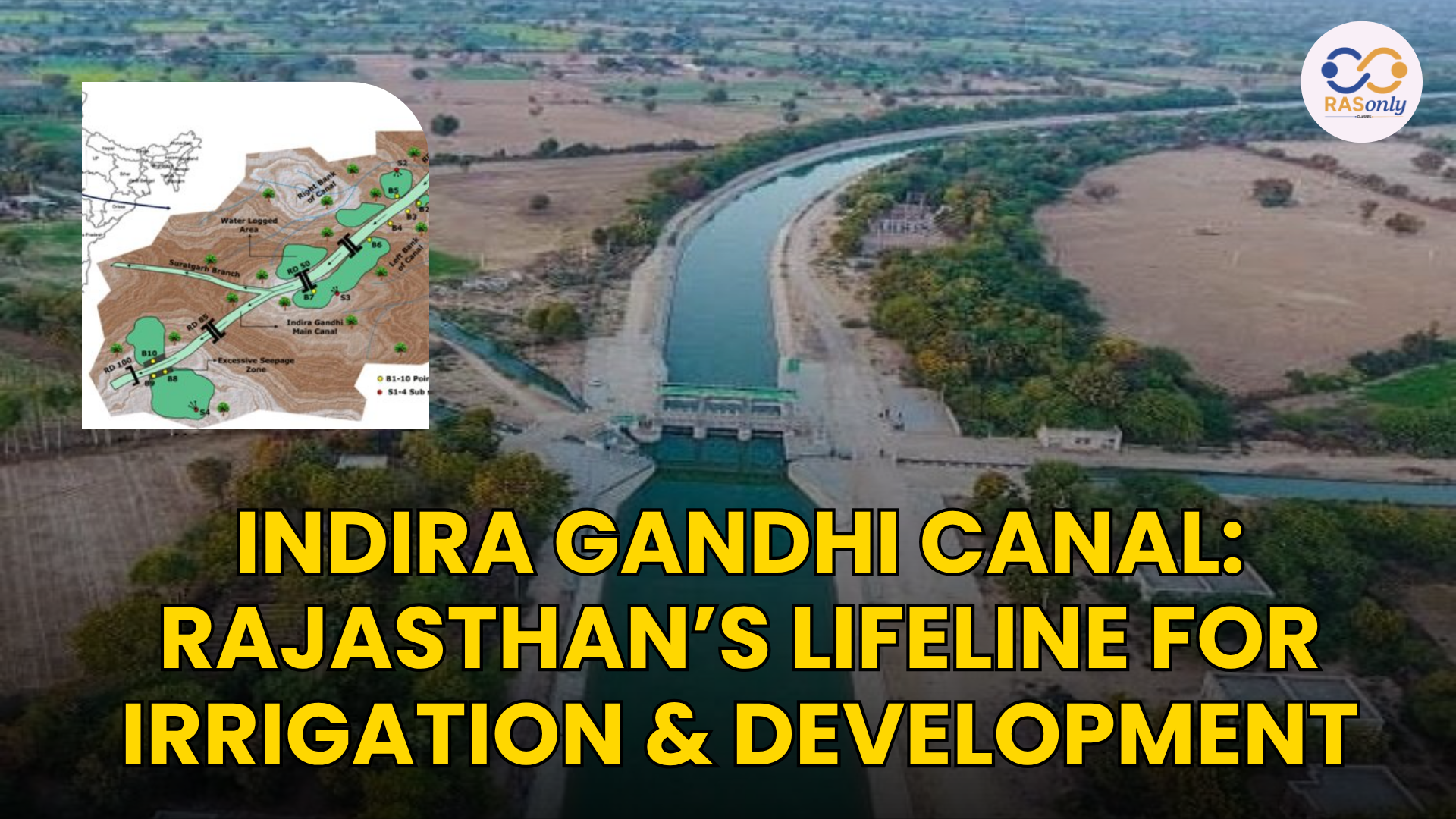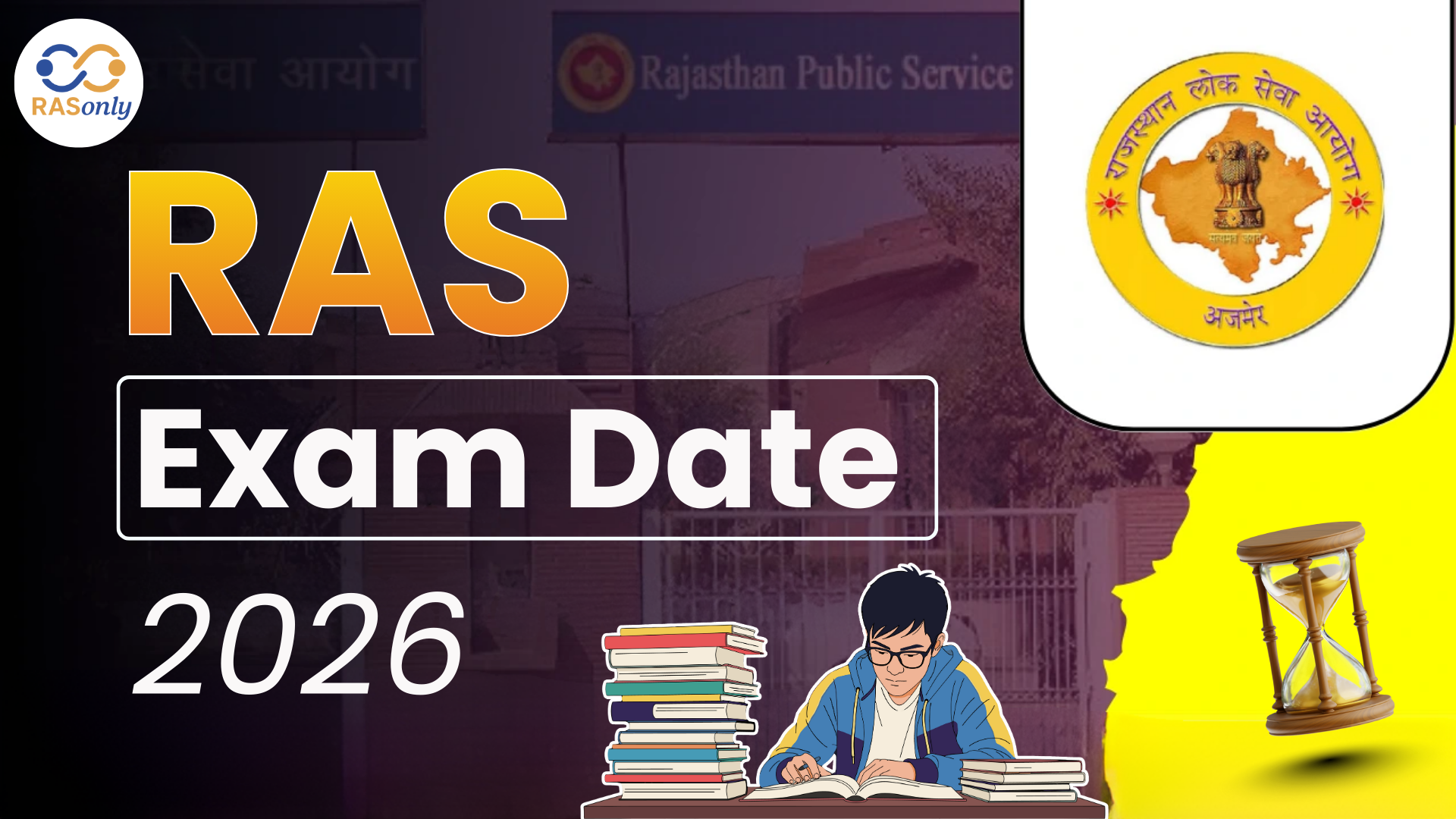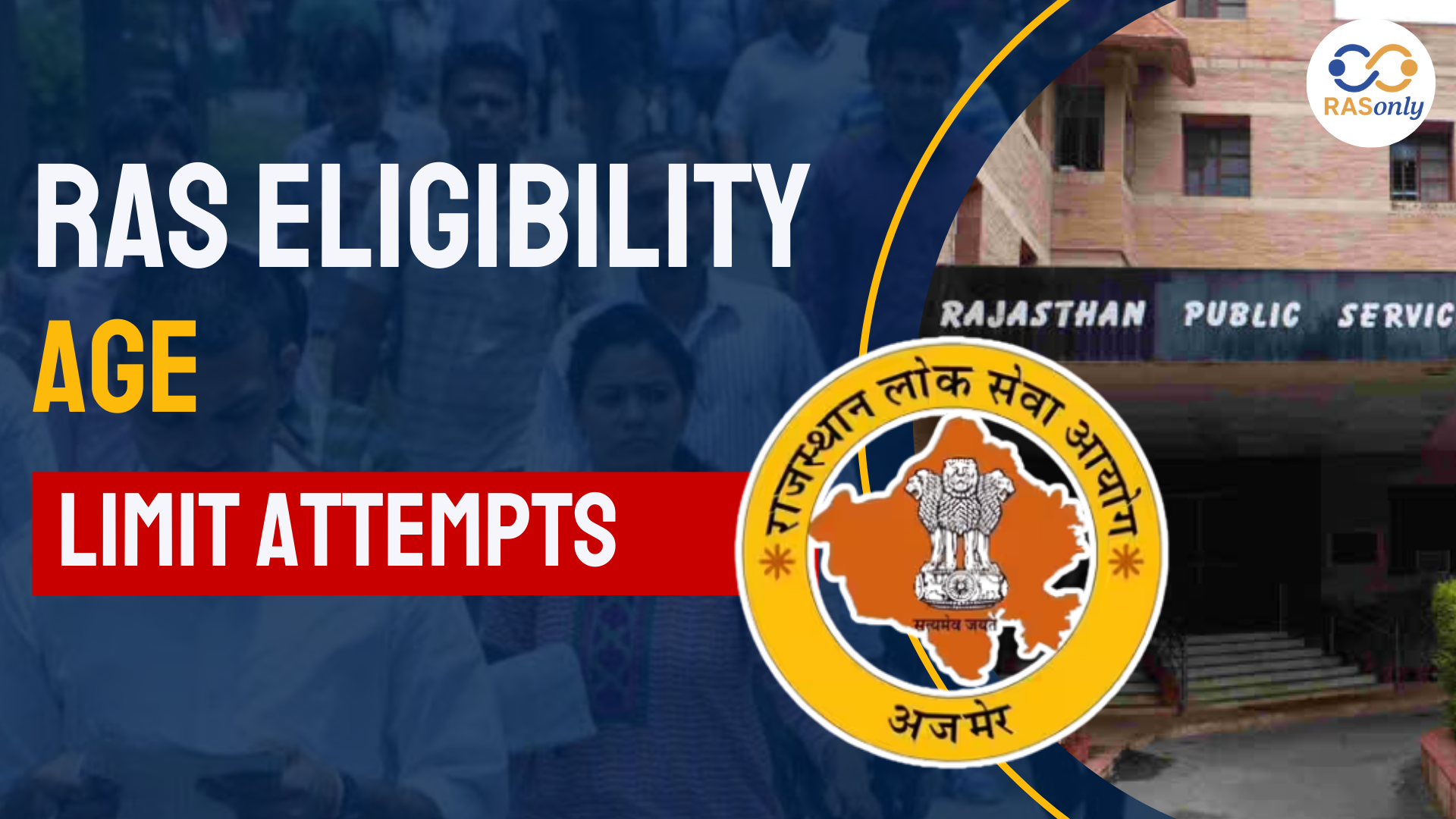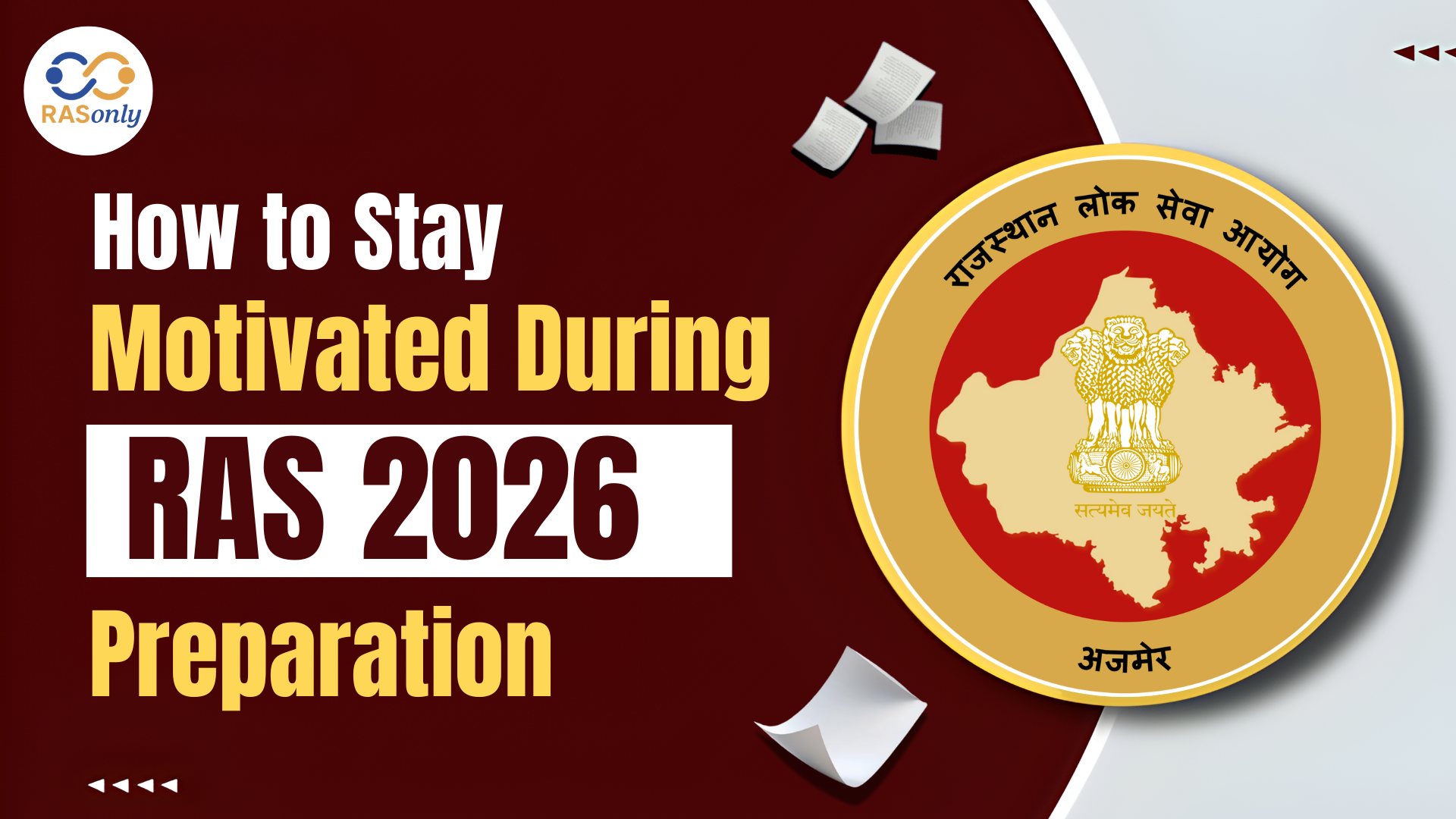RAS Exam Date 2026 for Notification, Prelims, Mains Date
- >
- RAS Preparation Resources
- >
- Indira Gandhi Canal: Rajasthan’s Lifeline for Irrigation & Development
Indira Gandhi Canal: Rajasthan’s Lifeline for Irrigation & Development


Indira Gandhi Canal is the longest irrigation canal in India, and it is a revolutionary lifeline of western Rajasthan. Popularly known as the Maruganga or Ganga of the Desert, this canal has been instrumental in transforming the agricultural and socio-economic front of the Thar Desert. It also facilitated the irrigation of the arid lands of Rajasthan by bringing the water of the Sutlej and Beas rivers to the fields, as well as access to drinking water and enhanced development of the rural areas in various parts of Rajasthan.
What is the Indira Gandhi Canal?
Indira Gandhi Canal is a huge irrigation project situated in the state of Punjab, where the Rivers Sutlej and Beas meet in the Harike Barrage. It passes through some areas of Haryana and enters deep into the Western regions of Rajasthan, reaching Sri Ganganagar, Bikaner, Jaisalmer, and Barmer. The canal network extends to 650km, comprising a feeder canal (204km) and a main canal (445 km). Originally formulated as the Rajasthan Canal Project, it has been subsequently renamed after the late Prime Minister and architect of this project, Ms Indira Gandhi.
Indira Gandhi Canal: Historical Development & Structure
Indira Gandhi Canal project planning. A project to provide a long-term solution to the acute water shortage in northwestern India was envisioned by Chief Engineer Kanwar Sain in 1948. Its construction started in the year 1952 under the name Rajasthan Canal Project, and it was renamed due to contributions made by Indira Gandhi to the project. Canal development was carried out in two phases (Phase I and Phase II). Phase I was concerned with bringing the fertile parts of Sri Ganganagar and Hanumangarh under irrigation, whereas Phase II brought areas of Jodhpur, Barmer, Bikaner, Churu, and Jaisalmer fields, known as the desert district, under irrigation through lift systems. This design incorporates a feeder canal, main canal, and distributaries, as the structural resources are backed by pump entries and lined embankments to lessen imbibition and to enhance productivity.
| Component | Details |
|---|---|
| Feeder Canal | 204 km; carries water from Harike Barrage to the Rajasthan border |
| Main Canal | 445 km; transports water across north-western Rajasthan |
| Stage I (1958–1983) | Covers Sri Ganganagar, Hanumangarh, north Bikaner; gravity-based flow |
| Stage II (Post-1984) | Extends to Barmer, Jaisalmer, Jodhpur, Churu, Nagaur; involves lift canals |
| Total Command Area | 19.6 lakh hectares, split between both stages |
Current Status and Future of Indira Gandhi Canal
Indira Gandhi Canal has just been activated prematurely to meet the acute water consumption requirements in the land frontier regions of Rajasthan, with increased Indo-Pak hostilities. These have seen the installation of SCADA-based digital surveillance and constant rejuvenations, which have suffered setbacks due to delays in their maintenance. There are plans to do environmental restoration, drainage, and international water-routing projects as well, which will guarantee the long-term stability of the canal system and its growth.
- Emergency Water Releases (May 2025): The canal was reopened early to supply drinking water to ten parched border districts, supporting civilians and military forces.
- SCADA Implementation: Rajasthan is deploying SCADA technology for real-time water level monitoring, gate control, and user access via mobile apps, enhancing transparency and flood management.
- Rejuvenation Project Delays: A ₹3,291 crore modernization plan aimed at increasing discharge to 20,000 cusecs is underway, but postponement of scheduled shutdowns during elections may push completion to February 2026.
- Environmental Management: Addressing increased waterlogging and salinity, experts advocate for integrated drainage systems, bio-drainage afforestation, and sustainable farming methods in affected zones.
Conclusion
The Indira Gandhi Canal has changed the desert of Rajasthan into a fertile agricultural and inhabitable area. Its benefits are enormous, ranging from irrigation and drinking water provision, to economic growth to food security. But sustainable practices and digital modernization are imposed by environmental and technical challenges. Under SCADA-led reforms and infrastructure improvement, the canal is set to continue as the most important water lifeline of Rajasthan, in which a balance between tradition, technology as well and long-term sustainability has been preserved.
FAQs
Post Category
- RAS Salary
- Result
- RAS Admit Card
- RAS Job
- RAS Cutoff
- Preparation Tips
- RAS Answer Key
- RAS Exam Analysis
- RAS Syllabus
- RAS Previous Year Papers
- RPSC RAS Exam Pattern
- RAS Interview
- RAS Mains Exam Date
- RAS Vacancy
- RAS Test Series
- RAS Best Books
- RAS Preparation Resources
- RAS Coaching Centre
- History
- Polity
- Geography
- Economics
- Science
- Art and Culture
- RPSC RAS Application Form
- RPSC RAS Notification
RASonly Interview Guidance Program

Mr. Ashok Jain
Ex-Chief Secretary Govt of Rajasthan
- IAS officer of the 1981 batch, Rajasthan cadre.
- Passionate about mentoring the next generation of RAS officers with real-world insights.
- Got retired in Dec 2017 from the post of Chief Secretary of the state of Rajasthan.

Mr. Guru Charan Rai
Ex-ASP / SP in Jaisalmer
- Guru Charan Rai, IPS (Retd), retired as Inspector General of Police (Security), Rajasthan, Jaipur in 2017.
- Served as ASP and SP in Jaisalmer, Nagaur, Sri Ganganagar, Sawai Madhopur, Dausa, Sikar, and Karauli.
- He also held key positions as DIGP and IGP in the Law and Order division.

Mr. Rakesh Verma
Ex-IAS Officer, B.Tech, MBA, and M.A. (Economics)
- IAS officer of the 1981 batch and retired in Chief Secretary Rank.
- Civil servant of high repute and vast experience.
- Has been teaching UPSC CSE subjects for the last six years.
Related Post
👉🏻 Register Today to Join Classes! 👍🏻
- Team RASOnly -
🎯 Benefits of RASOnly Coaching:
- ✅ 1:1 Mentorship with RAS Officers
- ✅ Experienced and Expert Faculty
- ✅ Free Library Access
- ✅ Daily Minimum 4 Hours Must
- ✅ Comprehensive Study Material
- ✅ Regular Tests & Performance Analysis
- ✅ Personalized Guidance & Doubt Solving
- ✅ Online & Offline Class Options
- ✅ Affordable Fees with Quality Education
Key Highlights:
- 👉🏻 3-Day Refund Policy
- 👉🏻 New Batch Starting from 04 August
- 👉🏻 Registration Amount: Only ₹1000





